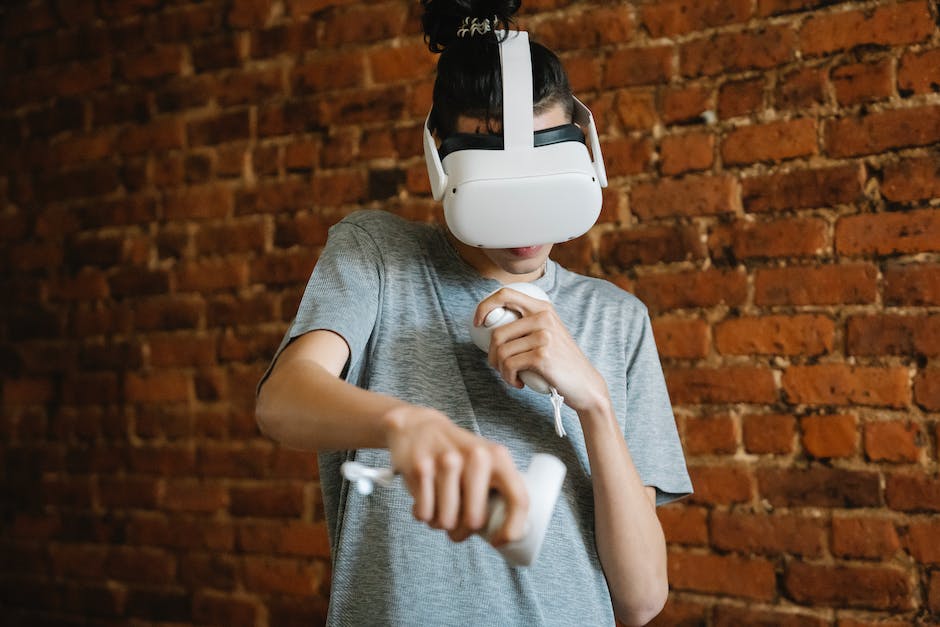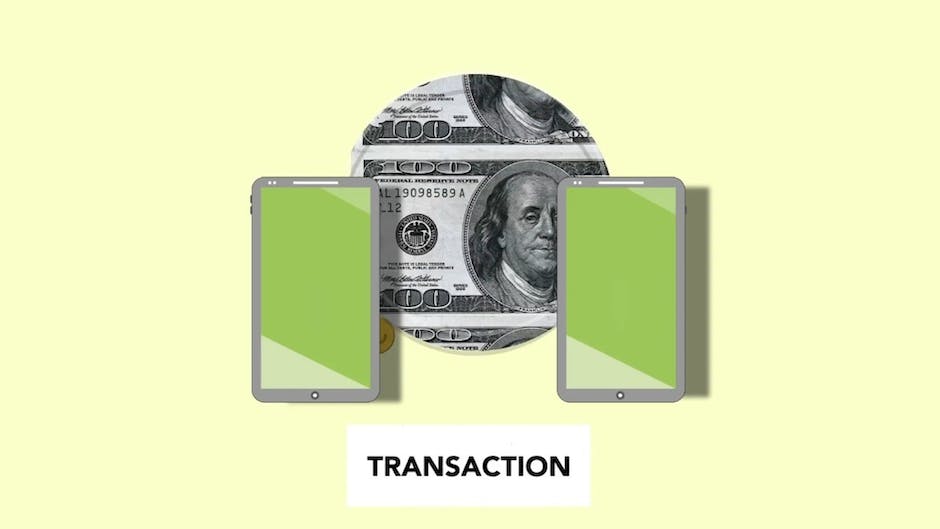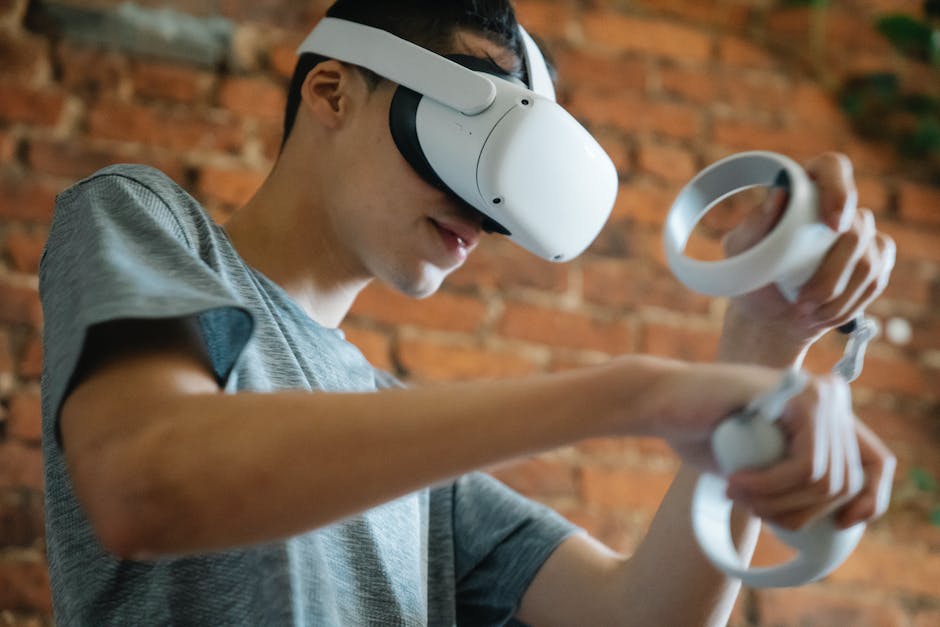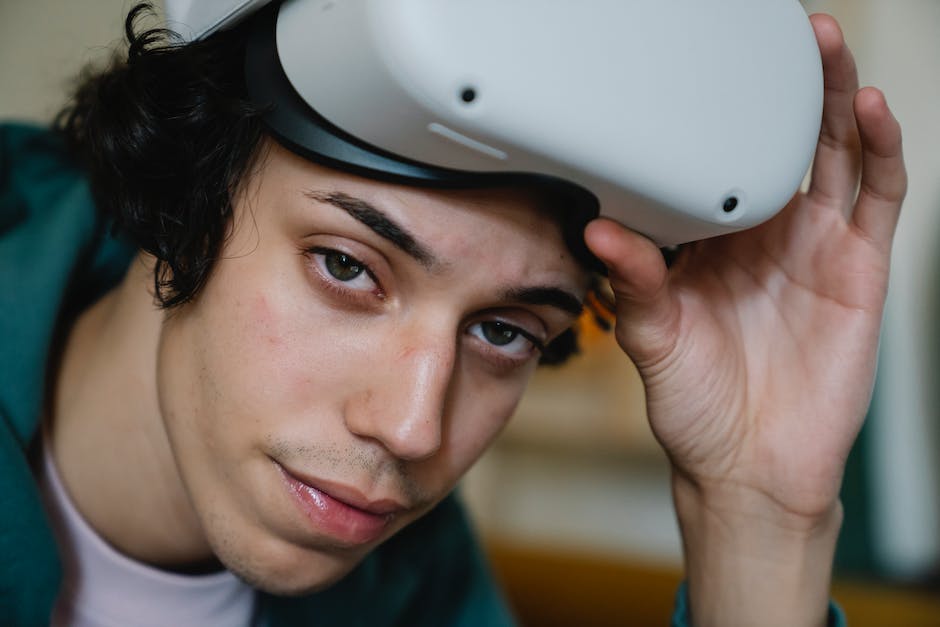
The proliferation of digital innovation tools has changed the way commercial real estate professionals work and communicates. These new technologies have radically changed the way properties are marketed, sold, and organized.
Many new features are introduced with new software applications and mobile devices. New features are added and removed as developers add value to their apps and mobile devices.
Some of these features are: virtual tours, live chat support, live video, smart building technologies, online ordering systems, and digital display boards.
With all of these features being added to properties, it is critical that Real Estate Professionals have access to them.
Virtual tours

A virtual tour has become the new normal way to tour a commercial property. Specially designed apps have become popular places to go like Google Maps and Apple Maps for commercial properties.
These app have become very popular due to the fact that it does not require going inside the property, and it gives you a full 360-degree view of the property. It also makes it easier for prospective buyers to understand the property because they can see what everything looks like from every angle.
Some of these apps even let you add a little commentary or step-by-step instructions so that they are fully interactive. This is great because it helps get more out of your buyers so that they feel comfortable making a purchase.
Since these digital devices are used so often, today’s professionals are having trouble learning how to use them properly.
Online marketing

Online marketing has become a part of commercial real estate today. Companies are using online marketing to reach new customers, spread the word about their product or service, and to gather information about potential clients.
Online reviews are common, with over a third of consumers using them to make a purchase. Using online review sites such as Amazon, Yelp, and 5-Stars in a building is easy.
Google + is another valuable tool that can be used for social media, advertising, and contacting potential clients. With +1s and + tweets your building will go viral!
Using YouTube videos can also help build brand recognition and evidence of a quality product or service. Recent developments have made it easy to add audio or video overlayed on top of the text instead of beside it.
Mobile apps

Apps like Google Maps or Apple’s Maps no longer feature a location label near the bottom. Instead, they are located directly above the map.
This is a new way of presenting data as compared to previous generations of apps. The current generation of apps has more information than previous ones, adding more layers of complexity for clients and developers.
The absence of a detail screen makes it appear that the app does not have enough information to construct a complete map. Clients and professionals are beginning to question whether this app really is the best for them when it comes to real estate services.
More sophisticated apps take more time to use and manage in order to provide sufficient information. This can add more complexity to projects, making them take longer than expected.
Digital signage

Modernizing public spaces with digital signage is a fun way to update them. Today, most public spaces have at least a few large displays or signs providing information via display or online.
Many of them are updated weekly with new information, making it a dynamic space that changes with the seasons and events. A part of remodeling a space is adding information to it.
There are many ways to use digital signage. You can create sign-by’s-your-wishes technology where the user can set their own content, colors, and messages on the sign. You can also offer preinstalled content such as reminders of upcoming events or specific items people should watch for.
Although these features do not affect the cost factor, they make scheduing an event or taking full advantage of the space is more customizable.
3D modeling

This digitization trend has given birth to 3D modeling, a new way of representing and displaying content.
Most modern software applications have a 3D model mode that allows you to create a representation of an object by placing digital elements on top of one another and then rotating the pieces to display all sides.
This is very useful when searching for a property or when showing someone your most recent properties because they can easily visualize what they are looking for.
3D modeling has become very popular among the public due to its ability to reveal new properties, locations and products. Many people find it mesmerizing how much detail these items have put into their marketing campaigns and property advertisements.
Generate multiple views of a space

Increasingly, buildings are being designed with multiple views of each space as a way to increase prospective residents’ comfort and understanding of their environment. This feature is built into many modern buildings, including those located in the cloud.
Using a digital innovation such as a live video or computer-generated image, a building can offer several audiences with one space. By creating different views of a space, society members can better understand how the space is used and how comfortable it might be for them.
For example, one small office could have its window seats facing the parking lot and its exterior wall covered in security poster-sized pieces. The second small office could have a window seat and desk facing only the hallway leading to the room where the meeting takes place.
By having these two spaces viewable to different groups, community members are encouraged to share information and get involved.
Use technology to enhance the visitor experience

Digital innovation has had a profound effect on the commercial real estate industry. From the ability to quickly and easily create a personalized tour to explain a property’s features and benefits, to the ability to quickly share content with friends and colleagues like a live video, digital innovation has enhanced the experience for everyone involved.
How you use technology determines how good it is At only recently introduced, computer-generated virtual tours are already having an impact. A computer-generated virtual tour is simply an electronic representation of a real estate property that can be copied and shared.
By placing markers on property surfaces such as floors, ceilings, doors, and locations, a virtual tour engineer can create a complete map of the property that can be replicated on its own. This allows users to thoroughly explore a property before making any commitments.
Improve communication with tenants and customers

Increasingly, customers and stakeholders are looking to digital innovation for new business models and solutions. This trend has been growing at a steady pace for the past few years, making it more common to discuss new technology strategies than ever before.
New technology is introduced regularly in commercial real estate, with the latest smart phones or laptops being pushed into the space holders. From quick guided tours of a building to provide residents an idea of what the place is like to detailed description of facility features such as heating, cooling, and security systems, tenants are made aware of what is available on and around their location.
The ability to quickly provide feedback on a facility or product is an important part of new technology adoption. With new technology being introduced regularly, it is important that good communication between parties is maintained.

